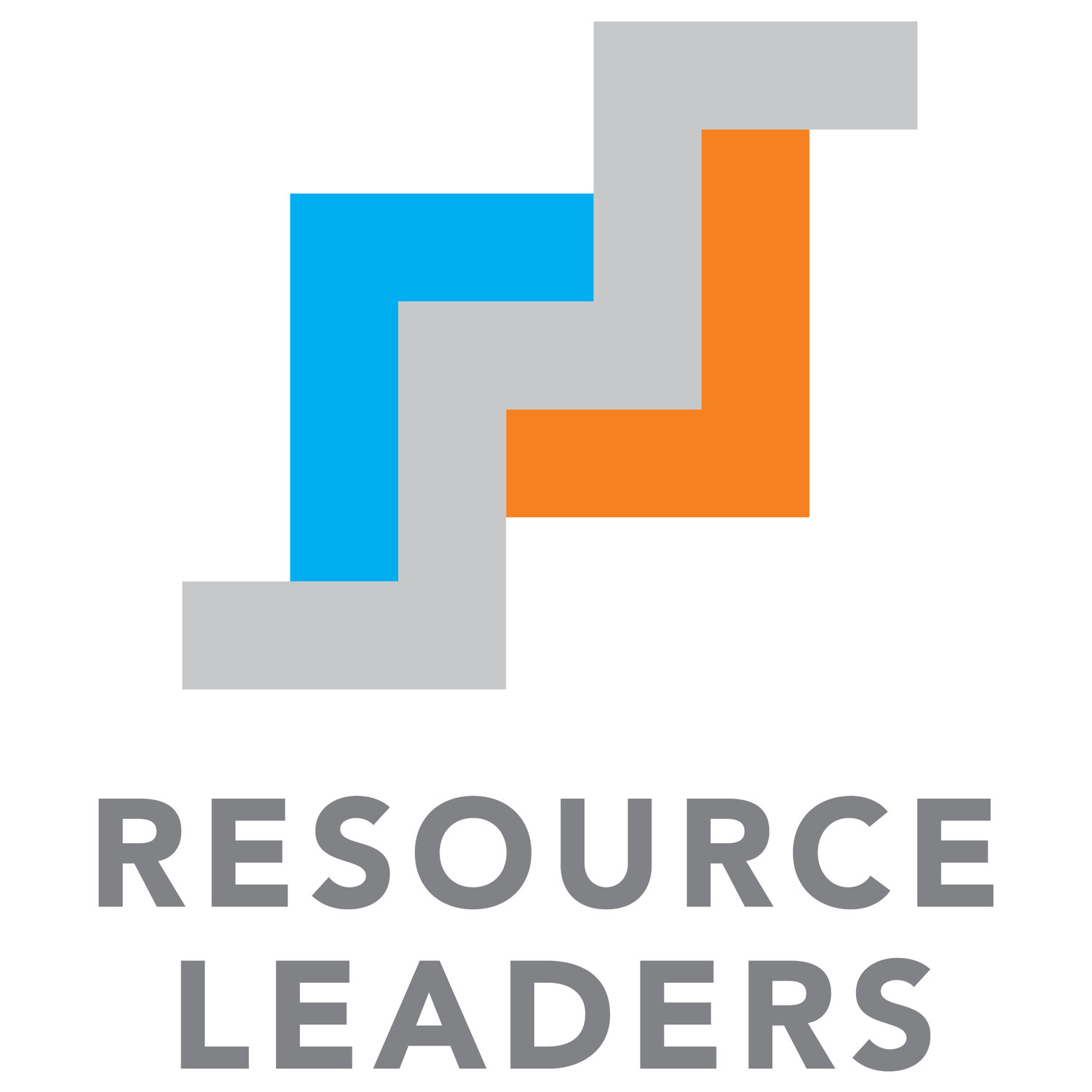Blockchain has been traditionally associated with cryptocurrencies such as Bitcoin. It is now making its presence felt across several industries including banking, insurance and even healthcare.
A recent IBM survey reveals that 16% of healthcare professionals expect to have a commercial blockchain solution in 2017.
So, what is the major advantage of this technology that positions it as the next game changer for healthcare industry?
“Blockchain technology has the potential to transform health care, placing the patient at the center of the health care ecosystem and increasing the security, privacy, and interoperability of health data”
Blockchain, also known as distributed ledger technology, can address one of the major problems of the healthcare industry- secure storage and sharing of healthcare data. With blockchain, data can be shared across multiple parties without the risk of tampering or theft of data, as it is extremely difficult to access or alter records on blockchain. It is virtually impossible to hack one block of data in the entire blockchain without hacking all the blocks which makes it extremely superior in terms of security. Healthcare professionals see significant benefit in terms of reducing risks, cost and timeframe in sharing data related to clinical trials, medical records. Data interoperability issues can be addressed with the help of blockchain. There would be complete standardization, transparency, trust and accuracy in terms of information shared across multiple parties.
With the help of blockchain, doctors, hospitals and pharmacies will be able to access the patient’s entire historical data without actually having to send data back and forth. The same common ledger will provide access to all the parties having permission to access the data.
A recent partnership between IBM's Watson Health artificial intelligence unit and FDA plans to explore the use of blockchain in oncology. Google’s artificial intelligence outfit DeepMind recently announced plans to build a blockchain inspired auditing system to track how every piece of patient data is used. Blockchain will help in integrating data from multiple sources to provide a 360 degree view of the patient. It can be a major enabler for personalized medicine as personal data can be securely shared with practitioners without any privacy issues which has been a major impediment for precision medicine. The health insurance sector can also benefit from blockchain applications in areas such as record keeping and claims. Further, pharma companies can benefit from it to prevent drug counterfeiting.
Even though the technology is so promising and healthcare IT companies are moving ahead with full force, critics argue that regulatory constraints will keep the innovation quotient of this technology muted. Critics also argue that the storage capacity of blockchain is unable to handle the huge volume of clinical data being generated. Further, as blockchain is public, identity is subject to being discovered even though it is cryptographically hidden.
Even with all the criticism, the blockchain is well poised to create ripples in the industry. It would be very interesting to see how real world use cases of the application continue to grow and prove the merits of the technology.







